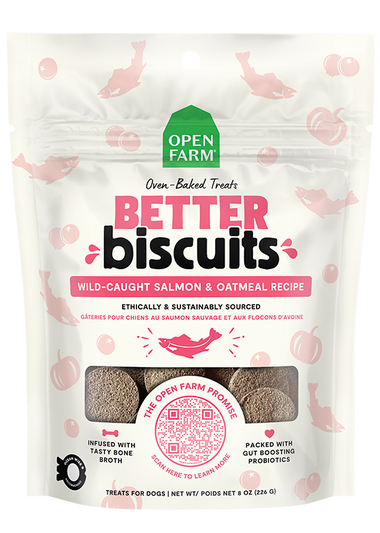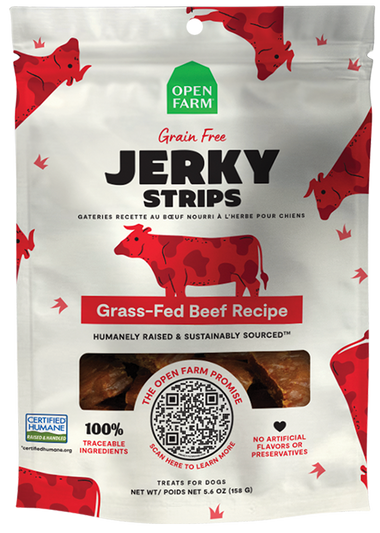Dog Water Safety: Can All Dogs Naturally Swim?
Some dogs love to swim but many assume that the 'doggy paddle' comes naturally to dogs. This is, in fact, a myth Unfortunately, some dogs have a hard time keeping their body above water and therefore struggle to swim. Bulldogs, for example, when faced with sinking or swimming, will likely sink because of their build. If you have a dog that’s been struggling with swimming, or a new puppy that is ready to test the waters, keep reading to learn how to teach a dog to swim so that they can enjoy the pool, the beach, or the lake safely.
Dogs that Can't Swim
The main reason some dogs aren't swimmers is because of their physiology. They either have short legs, which makes it hard for them to keep their bodies above water or have short faces and therefore experience trouble breathing. Generally, Bulldogs, Pugs, Bull Terriers, Basset Hounds, Boxers, Corgis, Dachshunds, and Shih Tzus are not the best swimmers. If your dog falls into one of these categories, don't worry, they can still come to beach day!
We recommend keeping these dog breeds in water that only reaches the bottom of their belly, so they don't have to swim. Alternatively, you can purchase a doggy life jacket, a pawpular swim accessory for dogs who struggle in water. Just make sure to test it with them before they go into the water to ensure the jacket doesn't restrict their breathing.
Preparing Your Dog to Learn How to Swim
Once you've done your research to make sure your dog is safe to swim, get your swimsuit ready! If you are going to the ocean, lake, or pool, the water could contain bacteria, that in large quantities, can be harmful if swallowed. The solution? Bring your own water, and make sure to take lots of water breaks to deter your dog from drinking the other water.
Don't forget your leash! If you are going out on a boat or swimming near a dock, keeping your dog on a leash allows you to keep a close eye on your buddy and eliminates the chance they venture out too far.
How to Train Your Dog to Swim
1.Introduce your dog to the water
If your dog is not a natural swimmer, introduce them to swimming first by taking them to a shallow portion of water. Here your dog can walk around and get used to the sensation of water. Afterward, and if they feel comfortable, start edging towards deeper water where your dog will need to detach from the ground.
2.Provide support
Use your arms to provide support under their midsection while they practice paddling, and gradually begin releasing your arms as their paddles get stronger. Chances are, once they paddle a bit on their own, they will come straight back to you or to the shallow end.
3.Take a break
Swimming is exhausting, especially the first time, so swimming in short bursts with lots of breaks will encourage them to try again later. If they want to keep going and it looks like they know where they are going, then let them have some fun! If they need some guidance feel free to show them where they can swim!
Treat Your Dog to Open Farm!
Even if your dog does not master swimming right away, make sure they associate swimming as a positive experience. Give them praise or reward them with some dog treats. If you plan to resume playing in the water, be mindful of the number of treats you give your pup, as too many goodies could make your newly minted paddler feel sick! Keep working with your dog to encourage them to be more comfortable in the water. They’ll be swimming and fetching in the waves in no time!














